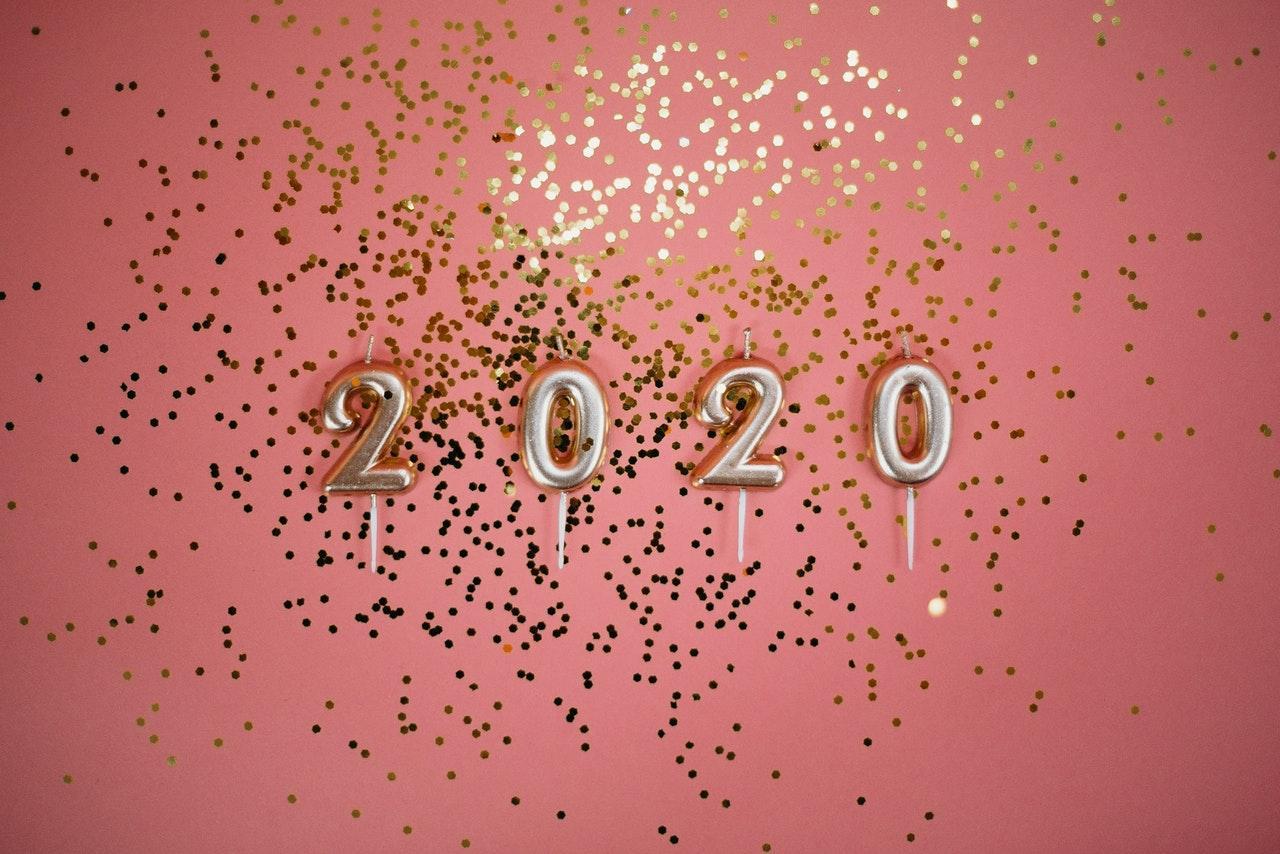One of the books that bothered me over the last decade was “The Secret,” which implied that by simply focusing your energy on something, you can attain it.
Oprah made this book popular by saying that it was one of her secrets to success.
Here’s what Oprah left out: She is one of the hardest-working individuals on the planet.
The reason that “The Secret” rubbed me the wrong way is that it implies that “The Universe” will give you whatever your mind is set on… all you have to do is think about it. Sorry, that’s not the way that success works. You have to put in the necessary work.
Why Visualization Works
When traveling on vacation, do you just show up at the airport and say, “Please give me a ticket… Anywhere.” – No. You have a destination in mind, and you plan out your logistics. You reserve a hotel room, book a rental car, and so on.
Success often works the same way. People who attain success generally don’t do it by accident. There’s planning, goal-setting, and a sustained, focused effort.
If you don’t know where you want to go, how will you eventually get there? We set our GPS to go to a destination, just as a pilot creates a flight plan prior to taking off for a trip.
Visualization works. It gets your brain focused on where and what you want to accomplish. Here’s the thing, though… JUST thinking about what you want won’t get it for you.
Visualization Exercises
The following is a sample scenario of one approach we can take.
This is an exercise I often do with clients, especially when it comes to overcoming specific challenges they face.
Goal: To weigh 175 pounds by July 1st by exercising 3x per week for 30 minutes each time and limiting “junk food” intake to dessert on Saturday nights.
In order to make a visualization exercise effective, we have to make it as vivid and realistic as possible. This means incorporating as many of your physical senses as you can.
Are you struggling with believing in yourself? That there’s no possible way you could look the way that you want? If so, I’d have you create a mental image in your mind of what you want to look like.
How would you feel? Would you feel tired and lethargic, or full of life and energetic? How would you feel when you’re romantic with your spouse? Confident and sexy, or embarrassed and ashamed?
Incorporate as much detail as you can. Write it down in a journal, and make this image as vivid as possible.
Psychology Backs Up Visualization Exercises
In performance psychology, one of the tools we often utilize is visualization because it works. For example, there was a research study conducted with the Israeli Defense Forces where they utilized visualization exercises to prepare medics in training. They worked with these medics to visualize stressful situations, but walking them through successful treatments of trauma patients.
By conducting these exercises on a regular basis, the medics not only increased their confidence levels, it also helped them perform better in the field.
We use visualization with athletes of all ages and professionals from different industries.
Visualization works because it fires the same neural pathways that you would utilize when doing something. For example, let’s assume you’re a baseball player visualizing how to field a ground ball perfectly. If you could create as vivid a picture as possible, your brain would begin to develop stronger neural pathways for fielding a ground ball. This doesn’t take the place of physical practice since you’d have to develop the hand-eye coordination and muscle reflexes, but it would strengthen and solidify the physical practice you’ve done.
Think about what you’d like to accomplish and see how you can incorporate visualization as a part of your goal setting process.
If you need help, don’t hesitate to reach out to me for suggestions!




Great comments on the wish disk or the secret. That is exactly how if feel… takes hard work and projection of your chief aim.. happy new year
Visualization is legitimate for sure. Whether is finishing a race, making money, or cooking a dish for the first time. You have to visualize what it should/could look like when it’s done. It’s a bit of a way to stay on track and follow a guide to get there. For the fitness thing, I’ve seen people put their headshot over a fit body to help them visualise that part. It seems to work.